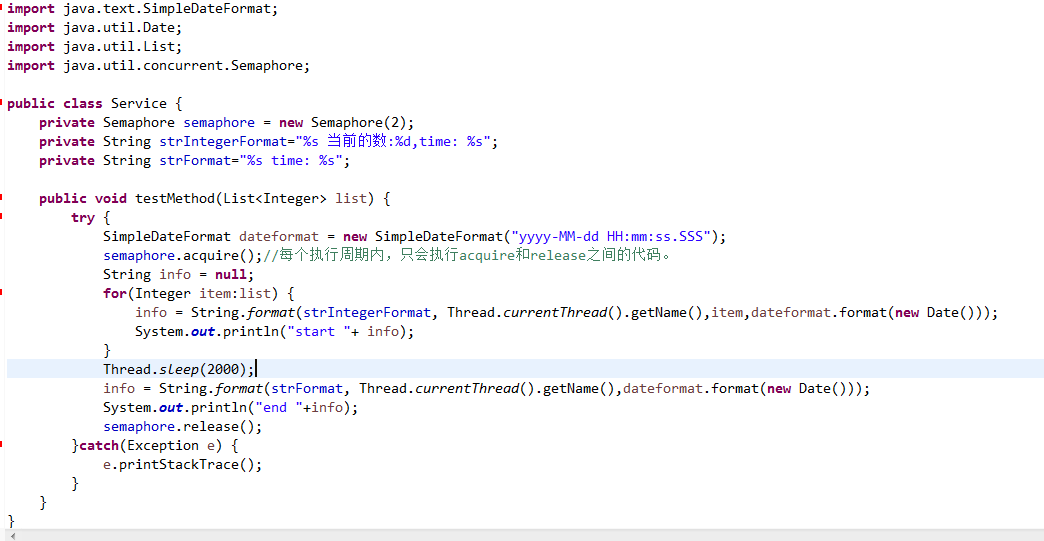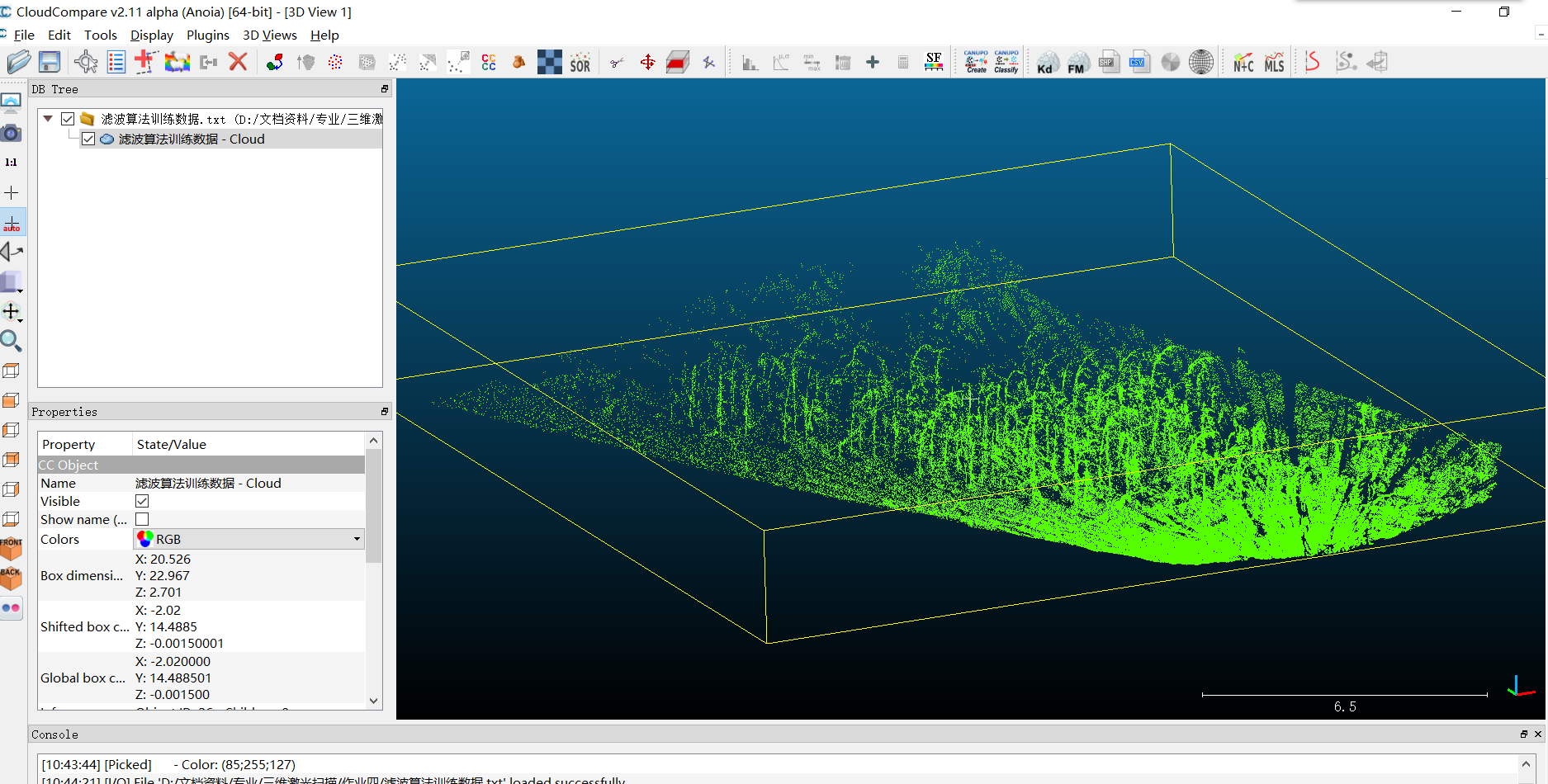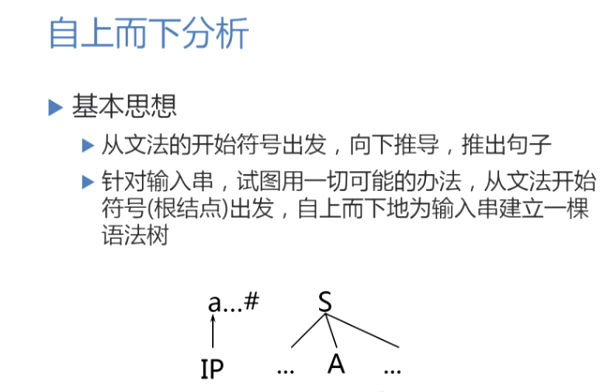leetcode 310. Minimum Height Trees
For a undirected graph with tree characteristics, we can choose any node as the root. The result graph is then a rooted tree. Among all possible rooted trees, those with minimum height are called minimum height trees (MHTs). Given such a graph, write a function to find all the MHTs and return a list of their root labels.
Format
The graph contains n nodes which are labeled from 0 to n - 1. You will be given the number n and a list of undirected edges (each edge is a pair of labels).
You can assume that no duplicate edges will appear in edges. Since all edges are undirected, [0, 1] is the same as [1, 0] and thus will not appear together in edges.
Example 1:
Given n = 4, edges = [[1, 0], [1, 2], [1, 3]]
0|1/ \2 3
return [1]
Example 2:
Given n = 6, edges = [[0, 3], [1, 3], [2, 3], [4, 3], [5, 4]]
0 1 2\ | /3|4|5
return [3, 4]
class Solution {vector<vector<int>> traverse(int m, map<int, vector<int>>&pairedges,int n,int h){vector<vector<int>>que;vector<int>visited(n);vector<int>aa;aa.push_back(m);visited[m] = 1;que.push_back(aa);while (!que.back().empty()){vector<int>bb;for (int i = 0; i < que.back().size(); i++){for (int j =0;j< pairedges[que.back()[i]].size();j++){if (visited[pairedges[que.back()[i]][j]] == 0){visited[pairedges[que.back()[i]][j]] = 1;bb.push_back(pairedges[que.back()[i]][j]);}}}que.push_back(bb);if (que.size() >= h + 1){if (que.back().empty())que.pop_back();return que;}}if (que.back().empty())que.pop_back();return que;}public:vector<int> findMinHeightTrees(int n, vector<pair<int, int>>& edges) {vector<int>re;if (edges.empty()){re.push_back(0);return re;}map<int, vector<int>>pairedges;for (int i = 0; i < edges.size(); i++){pairedges[edges[i].first].push_back(edges[i].second);pairedges[edges[i].second].push_back(edges[i].first);}vector<vector<int>>que = traverse(edges[0].first, pairedges,n,n);int m = que.back()[0];que.clear();que = traverse(m, pairedges,n,n);int minh = que.size()/2+1;int s = que.size();if (s % 2 == 0){for (int i = 0; i < que[s / 2 - 1].size(); i++){vector<vector<int>>pp = traverse(que[s / 2 - 1][i], pairedges,n,minh);if (pp.size() == minh){re.push_back(que[s / 2 - 1][i]);break;}}for (int i = 0; i < que[s / 2].size(); i++){vector<vector<int>>pp = traverse(que[s / 2][i], pairedges,n,minh);if (pp.size() == minh){re.push_back(que[s / 2][i]);return re;}}}else{for (int i = 0; i < que[s / 2].size(); i++){vector<vector<int>>pp = traverse(que[s / 2][i], pairedges,n,minh);if (pp.size() == minh){re.push_back(que[s / 2][i]);return re;}}}return re;}};
accept



































还没有评论,来说两句吧...